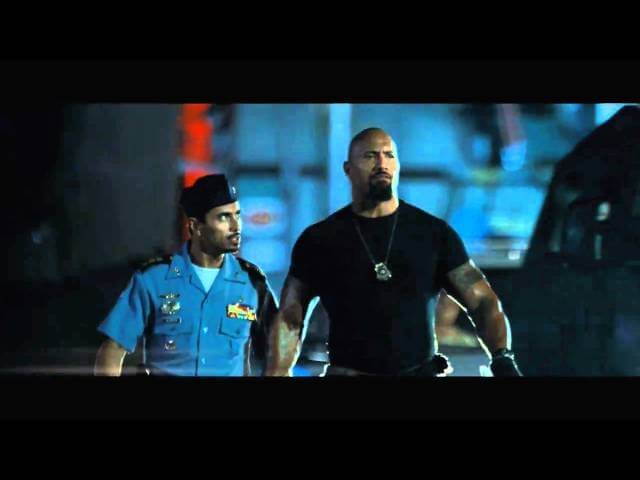Alive past five: 16 late sequels that are actually quite good

It’s conventional wisdom that most film franchises stay fresh for only a few installments; the well of ideas tends to run dry around the time producers have to decide between slapping a “5” on the end of a title or coming up with a subtitle that doesn’t draw too much attention to how far along the series has gotten. However, the pretty excellent fifth entry in the Mission: Impossible series, Rogue Nation came along in 2015 to remind audiences that not all movie franchises obey the laws of diminishing returns. Some, in fact, manage to hit their stride several chapters in. Below, we’ve singled 16 late sequels (part five or beyond) that actually rock. For the sake of keeping the list manageable, we’ve excluded films with an extensive literary blueprint (like the Harry Potter series), and series that frequently press the reset button (like the James Bond or Muppet films).